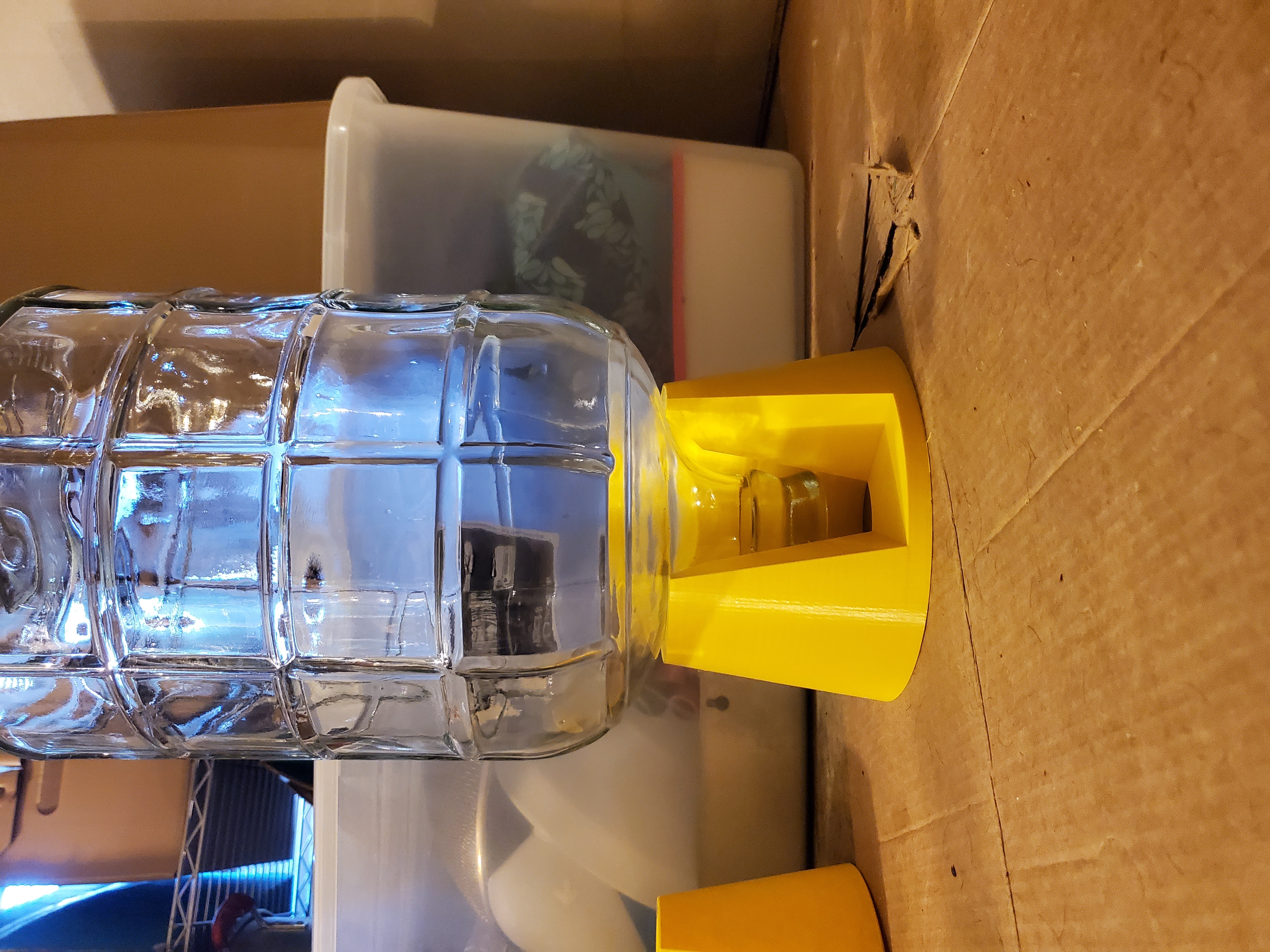Homebrewing - Beer, Mead, Wine, Cider
2211 readers
31 users here now
A community dedicated to homebrewing beer, mead, wine, cider and everything in between. If it ferments, bring it over here.
Share recipes, ideas, ask for feedback or just advice.
Some starting points for beginners:
Quick and diry guide to fermenting fruit - cider and wine
founded 1 year ago
MODERATORS
51
52
53
54
55
56
57
58
59
60
61
62
63
64
65
66
69
70
71
72
73
75







